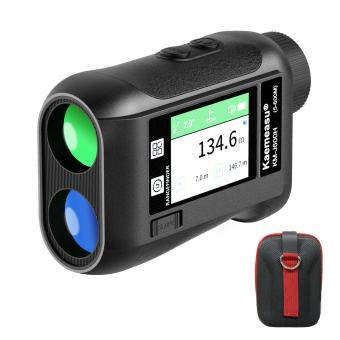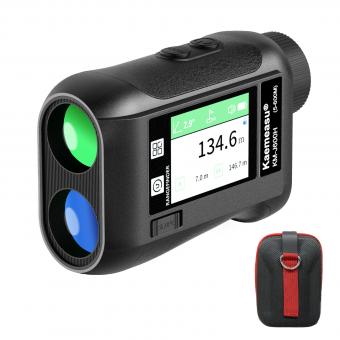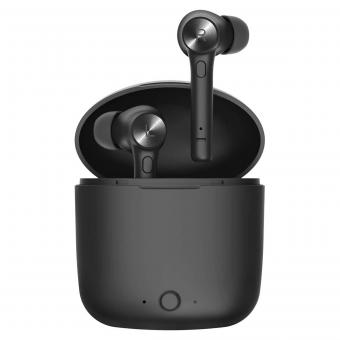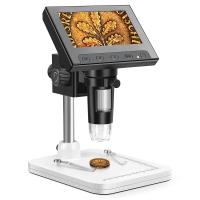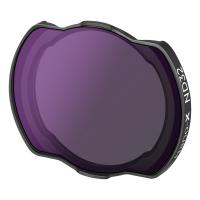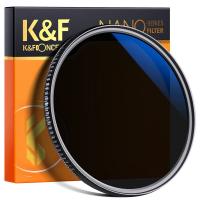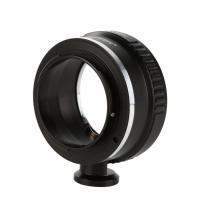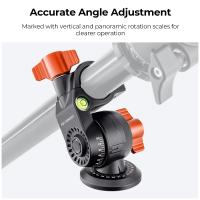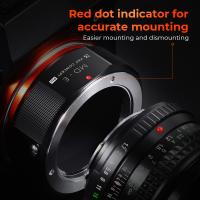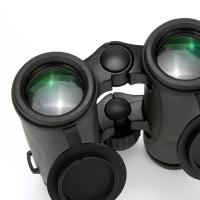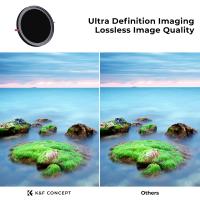What Is The Highest Magnification On Binoculars ?
The highest magnification on binoculars can vary depending on the specific model and brand. However, in general, binoculars typically have a maximum magnification of around 10x to 12x. This means that the objects you observe through the binoculars will appear 10 to 12 times closer than they would with the naked eye. It's important to note that while higher magnification can provide a closer view, it can also result in a narrower field of view and reduced image stability. Additionally, higher magnification binoculars may require the use of a tripod or other stabilization methods to minimize hand shake and ensure a steady image.
1、 Optical magnification: Typically up to 10x or 12x for standard binoculars.
The highest magnification on binoculars is typically up to 10x or 12x for standard binoculars. This means that the object being viewed through the binoculars appears 10 or 12 times closer than it would to the naked eye. This level of magnification is commonly found in most binoculars available on the market today.
It is important to note that while higher magnification may seem desirable, there are limitations to consider. As the magnification increases, the field of view decreases, making it more difficult to locate and track objects. Additionally, higher magnification can also amplify hand movements, resulting in a shaky image. This is why most standard binoculars have a magnification range of 8x to 12x, as it strikes a balance between magnification and usability.
However, it is worth mentioning that there are specialized binoculars available with higher magnifications, such as astronomical binoculars or long-range surveillance binoculars. These can have magnifications ranging from 15x to 25x or even higher. These binoculars are designed for specific purposes and are often used with the aid of a tripod to stabilize the image.
It is important to consider the intended use of the binoculars when choosing the appropriate magnification. For general outdoor activities, birdwatching, or sports events, a magnification of 8x to 12x is usually sufficient. Higher magnifications may be more suitable for specialized applications where stability and a narrower field of view are acceptable trade-offs.
In conclusion, the highest magnification on standard binoculars is typically up to 10x or 12x. While higher magnifications are available in specialized binoculars, they come with limitations that need to be considered based on the intended use.
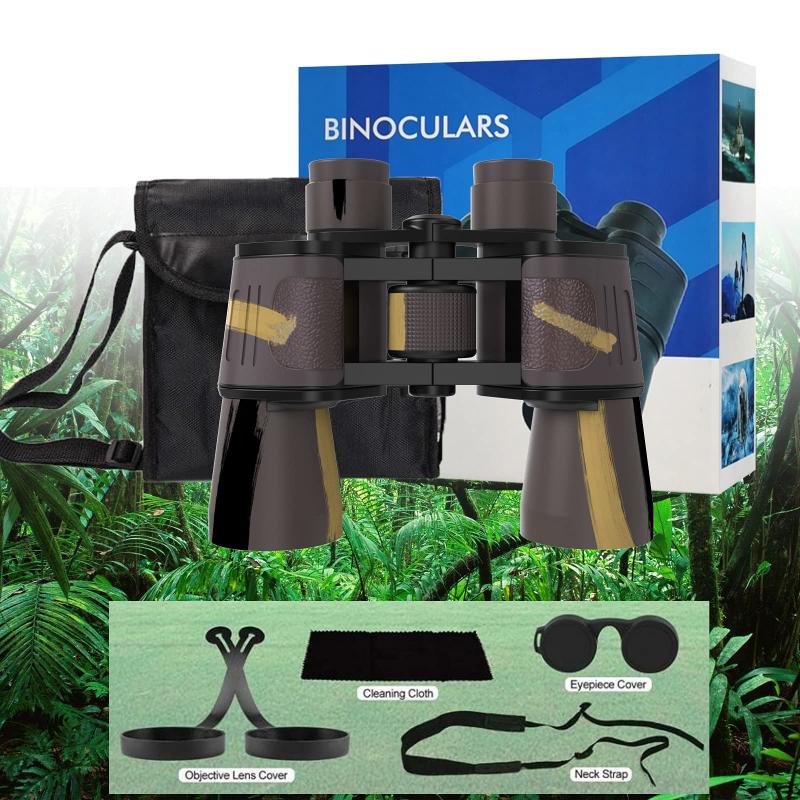
2、 Digital magnification: Some binoculars offer digital zoom capabilities.
The highest magnification on binoculars can vary depending on the specific model and brand. Traditional binoculars typically have a maximum magnification of around 10x to 12x. This means that the object being viewed appears 10 to 12 times closer than it would to the naked eye. However, it is important to note that increasing the magnification also decreases the field of view and can make the image shakier due to hand movements.
In recent years, there have been advancements in technology that have introduced digital zoom capabilities in some binocular models. Digital magnification allows users to zoom in further beyond the maximum optical magnification. This is achieved by cropping and enlarging the image digitally, similar to how a digital camera zooms in on a subject.
The digital magnification on binoculars can vary, but it is typically limited to around 2x to 4x. While this may seem impressive, it is important to consider the trade-offs. Digital zoom can result in a loss of image quality and clarity, especially when zooming in to the maximum digital magnification. The image may become pixelated or blurry, making it difficult to discern details.
It is worth noting that some high-end binoculars may offer both optical and digital zoom capabilities, allowing users to switch between the two depending on their needs. This can provide a greater range of magnification options, but it is important to use digital zoom sparingly and only when necessary to maintain image quality.
In conclusion, the highest magnification on binoculars is typically achieved through optical means, with traditional models offering around 10x to 12x magnification. Digital zoom capabilities can provide additional magnification, but it is important to be aware of the potential trade-offs in image quality.

3、 Zoom binoculars: Can provide variable magnification, ranging from low to high.
The highest magnification on binoculars can vary depending on the type and model of the binoculars. Traditional binoculars typically have a fixed magnification, usually ranging from 7x to 12x. However, there are also zoom binoculars available that provide variable magnification, ranging from low to high.
Zoom binoculars are designed with a zoom mechanism that allows users to adjust the magnification level according to their needs. These binoculars often have a range of magnification options, such as 8-24x or 10-30x. This means that users can start with a lower magnification and gradually increase it to a higher level, providing flexibility in observing distant objects.
It is important to note that while zoom binoculars offer a wide range of magnification options, there are some trade-offs to consider. As the magnification increases, the field of view tends to decrease, making it more challenging to locate and track objects. Additionally, higher magnification can also result in a narrower exit pupil, which may affect the brightness and clarity of the image.
In recent years, there have been advancements in binocular technology, including the development of image-stabilized binoculars. These binoculars use gyroscopes or electronic sensors to compensate for hand movements, providing a more stable image even at higher magnifications. This technology has allowed for higher magnification levels, with some image-stabilized binoculars offering magnifications of up to 18x or even 25x.
It is worth noting that while higher magnification can be beneficial in certain situations, such as birdwatching or stargazing, it is not always necessary or practical. Factors such as atmospheric conditions, user experience, and the stability of the binoculars can also impact the overall viewing experience. Therefore, it is important to consider your specific needs and preferences when choosing binoculars with the highest magnification.
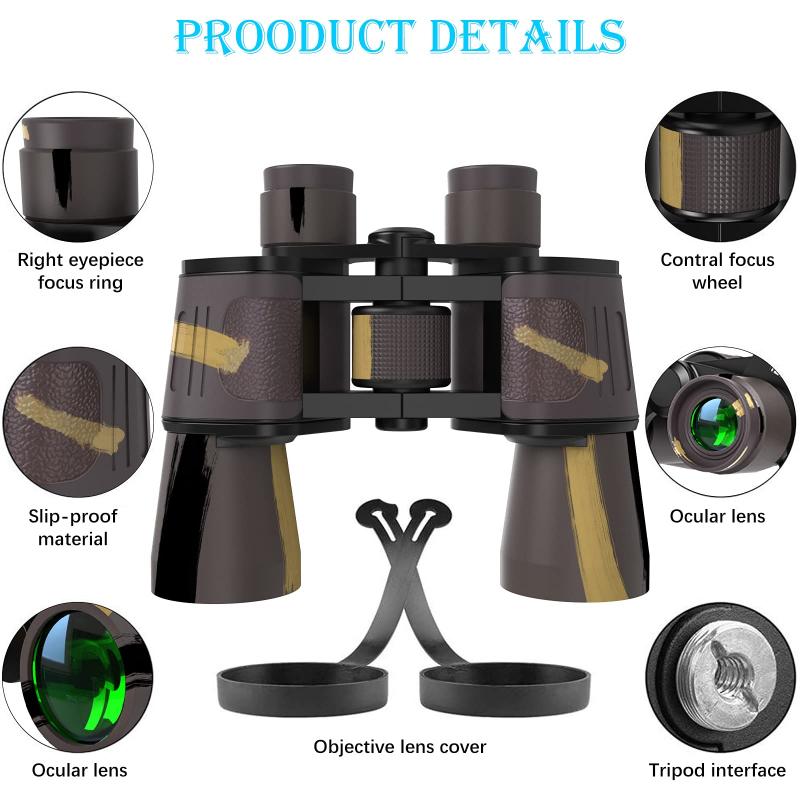
4、 Astronomical binoculars: Can have magnifications up to 25x or higher.
The highest magnification on binoculars can vary depending on the type of binoculars and their intended use. For general-purpose binoculars, the highest magnification typically ranges from 10x to 12x. However, when it comes to astronomical binoculars, the magnification can be significantly higher.
Astronomical binoculars are specifically designed for stargazing and observing celestial objects. They offer larger objective lenses and higher magnification to provide a more detailed view of the night sky. These binoculars can have magnifications up to 25x or even higher.
With higher magnification, astronomical binoculars allow users to observe celestial objects such as the moon, planets, star clusters, and even some nebulae with greater detail. They provide a wider field of view compared to telescopes, making them ideal for scanning the night sky and locating objects of interest.
It's important to note that while higher magnification can enhance the viewing experience, it also comes with some limitations. Higher magnification can make the image appear dimmer and reduce the stability of the image due to hand movements. Therefore, using a tripod or other stabilizing equipment is often recommended when using binoculars with high magnification.
It's worth mentioning that advancements in technology and optics have led to the development of binoculars with even higher magnifications. However, it's important to consider factors such as the quality of optics, stability, and the user's experience level when choosing binoculars with extremely high magnification.
In conclusion, astronomical binoculars can have magnifications up to 25x or higher, allowing users to explore the wonders of the night sky with greater detail. However, it's essential to consider other factors such as stability and image quality when selecting binoculars with high magnification.







